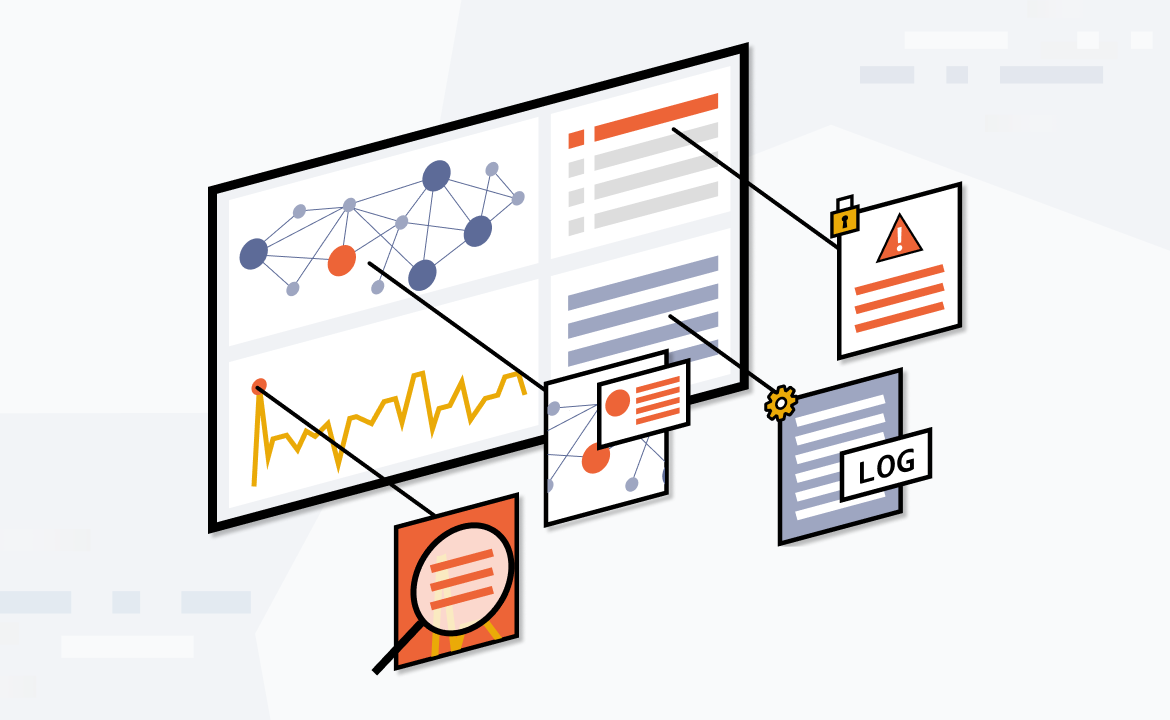Implementing a Log Analysis Solution with Apache Kafka
 Cloud Tuned
Cloud Tuned
Implementing a Log Analysis Solution with Apache Kafka
In today's data-driven world, the ability to analyze logs efficiently is crucial for maintaining system reliability, troubleshooting issues, and gaining insights into application performance. Apache Kafka, with its distributed messaging capabilities and fault-tolerant architecture, is an excellent choice for building a robust log analysis solution. In this article, we'll explore how to leverage Kafka effectively for log analysis.
Understanding the Components
Before diving into implementation, let's understand the key components involved in our log analysis solution:
Producers: These are responsible for ingesting logs from various sources such as applications, servers, or devices and publishing them to Kafka topics.
Kafka Cluster: This forms the core infrastructure where logs are stored and processed. It consists of brokers that manage topics, partitions, and replication.
Topics: These are logical channels or categories where logs are published by producers and consumed by consumers. Each topic can have multiple partitions for scalability.
Consumers: These applications subscribe to Kafka topics, process log messages, perform analysis, and take appropriate actions such as storing data in databases, triggering alerts, or generating reports.
Steps to Implement a Log Analysis Solution with Kafka
Now, let's walk through the steps to implement a log analysis solution using Apache Kafka:
1. Setting Up Kafka Cluster
First, you need to set up a Kafka cluster comprising one or more brokers. Install Kafka on your servers, configure properties such as broker IDs, ports, and replication factors, and start the Kafka services.
2. Defining Log Topics
Identify the types of logs you want to analyze and create Kafka topics for each log type. For example, you might have topics like application_logs, server_logs, security_logs, etc. Configure the number of partitions based on expected throughput and scalability requirements.
3. Log Ingestion
Develop log producers to ingest logs from your applications, servers, or devices and publish them to the respective Kafka topics. Use Kafka producer libraries in your preferred programming language (e.g., Java, Python, etc.) to achieve this. Ensure proper error handling and retries for fault tolerance.
4. Log Analysis
Create Kafka consumer applications to subscribe to log topics, process log messages, and perform analysis tasks such as parsing, filtering, aggregation, and enrichment. Depending on your requirements, you can use stream processing frameworks like Kafka Streams, Apache Flink, or Apache Spark for real-time analysis.
5. Data Storage and Visualization
After analyzing logs, store relevant data in databases or data lakes for long-term storage and further analysis. You can use databases like Apache Cassandra, Elasticsearch, or relational databases based on your use case. Additionally, visualize log data using tools like Kibana, Grafana, or custom dashboards for monitoring and insights.
6. Alerting and Actionable Insights
Implement alerting mechanisms to notify stakeholders about critical events or anomalies detected in log data. You can configure thresholds, patterns, or machine learning models to trigger alerts in real-time. Moreover, derive actionable insights from log analysis to optimize system performance, enhance security, and improve user experience.
Best Practices and Considerations
- Scalability: Design your Kafka cluster and topic partitions for horizontal scalability to handle increasing log volumes efficiently.
- Fault Tolerance: Configure replication factors and enable data retention policies to ensure data durability and fault tolerance.
- Security: Implement proper authentication, authorization, and encryption mechanisms to secure your Kafka cluster and log data.
- Monitoring: Set up monitoring and logging for your Kafka infrastructure and consumer applications to track performance metrics, detect issues, and troubleshoot effectively.
Conclusion
Apache Kafka provides a powerful platform for building scalable and fault-tolerant log analysis solutions. By following the steps outlined above and incorporating best practices, you can leverage Kafka's distributed messaging capabilities to ingest, process, and analyze logs in real-time, enabling proactive monitoring, troubleshooting, and actionable insights for your applications and systems.
By following the steps outlined above and incorporating best practices, you can leverage Kafka's distributed messaging capabilities to ingest, process, and analyze logs in real-time, enabling proactive monitoring, troubleshooting, and actionable insights for your applications and systems.
Subscribe to my newsletter
Read articles from Cloud Tuned directly inside your inbox. Subscribe to the newsletter, and don't miss out.
Written by
